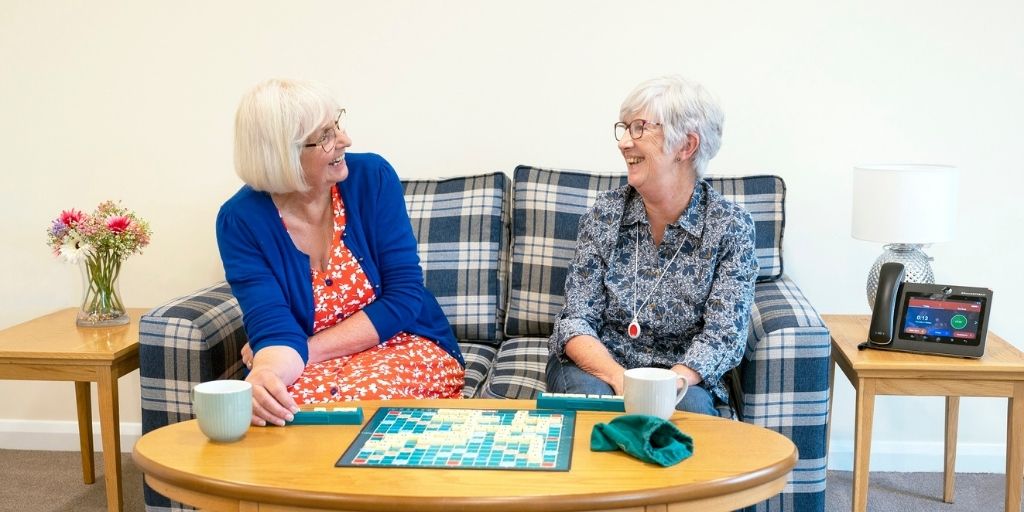
As highlighted in the Government’s recent adult social care reform white paper People at the Heart of Care, technology will play a key role in establishing a modern care platform which is able to meet the needs of a 21st century, technologically enabled population.
Along with £300m to help embed this integration into local strategies, the white paper also promises at least £150m of additional funding to drive greater adoption of technology and digitisation across social care.
Angus Honeysett, head of market access at Tunstall Healthcare, discusses the role of technology set out in the white paper and how these ambitions can be achieved.
The vision for social carePeople are at the heart of the 10 year vision for adult social care, and over the next decade the aims within the white paper will focus heavily on people and outcomes, rather than solely on the systems behind them.
We’re going to see personalised care embedded in social care systems to enable the sector to become citizen-led. This will not only improve outcomes and enhance the quality of life of service users, but allow people to take control and responsibility for their own health and wellbeing at a level which is suitable for them.
These commitments are to be welcomed by the stakeholders responsible for delivering these integrated services, and by the people whose lives will ultimately be improved by them.
The role of technologyThe increased use of technology within adult social care has long been seen as a key part of transforming health and social care delivery, yet there has traditionally been more dialogue and debate than real change.
When technology is embedded seamlessly into care and support services, it can be transformative, helping people to live happy, fulfilled lives in their homes and communities. Digital tools can also be used to identify risk, prevent incidents from occurring and ensure quick and appropriate responses to avoidable events such as falls, urinary tract infections, medication errors and bedsores. This in turn also enables care provision to become more efficient for the workforce.
Over the past few years we’ve seen the rise of the smart home and more people than ever have become comfortable with technology, even groups which have traditionally been unable to access or use it. This will enable technology to support people’s needs and free up the time of social care professionals to deliver outstanding care, as service users will have the confidence to use the right technology at the right time.
Accelerating adoptionThere are however still barriers to enabling the base level of digital functionality required to make the government’s vision for social care a reality. Recent research by Age UK highlighted that the older population are still less likely to be digitally included – among those aged 75+, more than 40% do not use the internet.
People’s care and support needs are dynamic and we must consider how technology can be personalised to deliver citizen-led solutions which are accessible by all. Planning for the future and changing needs is crucial if we are to ensure the right technology is delivered to the right people at the right time.
Supporting people in the adoption of technology and planning for the future can enable our health and care system to manage rising demand. We must employ a holistic approach to care delivery where the basic layout of a home, an individual’s needs, and the technology they are able to use and access is considered as a complete package.
Alongside equality of distribution, the plans for social care and the crucial role of technology require a workforce that is skilled and confident in its use if they are to be realised. Technology has historically been seen as an addition to existing service delivery, rather than a means of transforming models of care, and there is still misapprehension that needs to be addressed.
Investment in technology will enable us to reconfigure and integrate our services. It’s essential that service providers and end users are involved in the digital transformation if we’re to innovate, embrace technology successfully, and deliver new approaches which create benefits for citizens.








